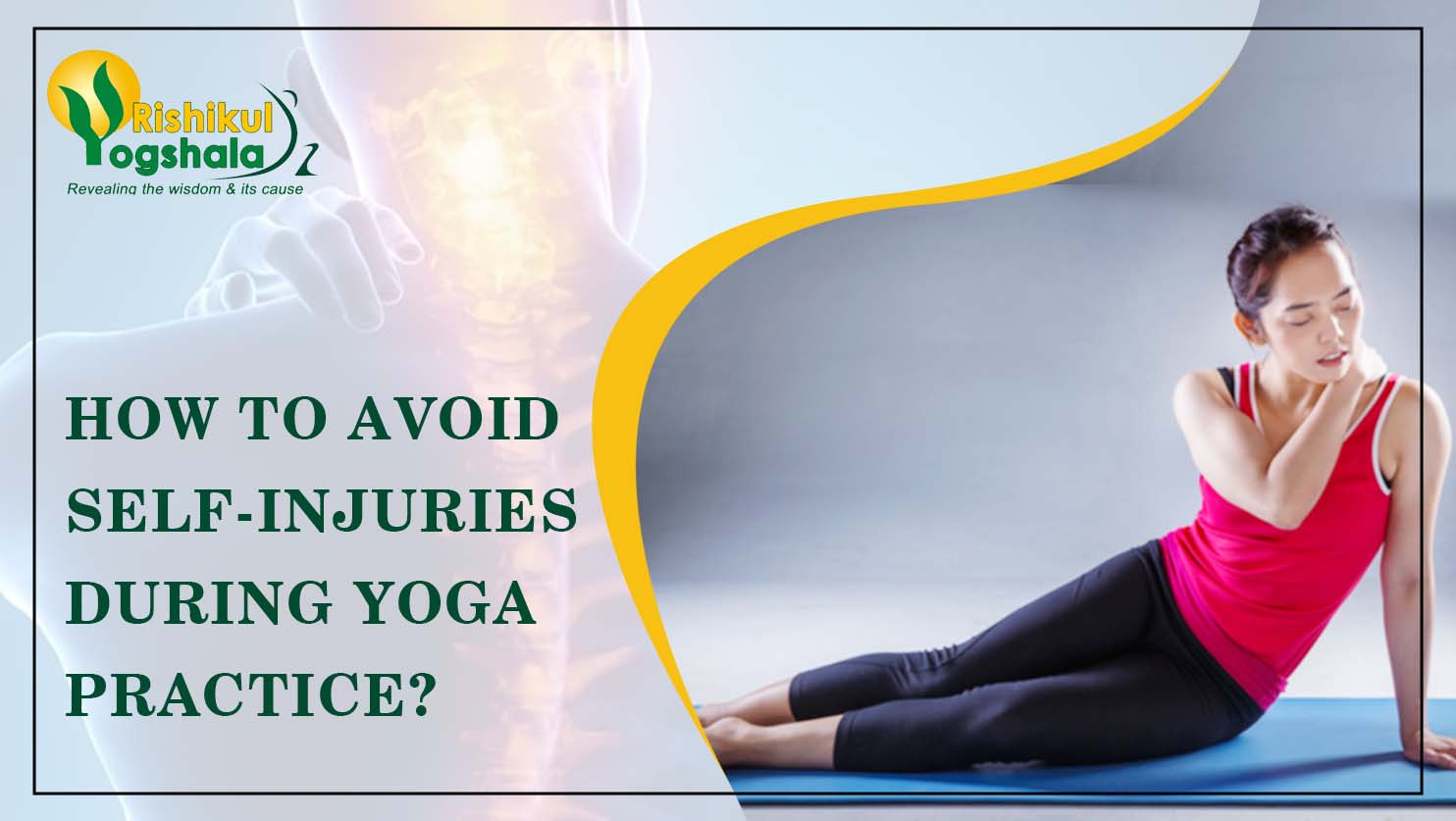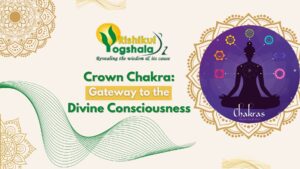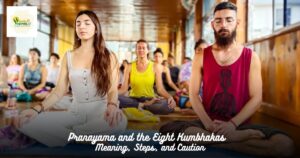Tips for Safe and Effective Yoga Practice
In today’s age and day, where there is so much competition and stress, yoga is the practice that helps balance the mind, body, and soul. While practicing yoga, one may undergo some injuries. There are many ways to avoid self-injury during yoga practice.
To prevent self-injuries, it’s important to practice mindfulness. We will elaborate on how to practice yoga easily and avoid self-injury!
4 Yoga Injury Prevention Tips
Start Slowly and Listen to Your Body
Practising yoga slowly is one of the many ways to avoid injuries. Don’t over-exert your body. Injury might arise when one pushes themselves too hard and too quickly. While practicing yoga, one should pay attention to any discomfort or pain they may feel while performing an asana. Take into account your body’s limitations. Listen to your body in yoga practice, as that’s highly crucial.
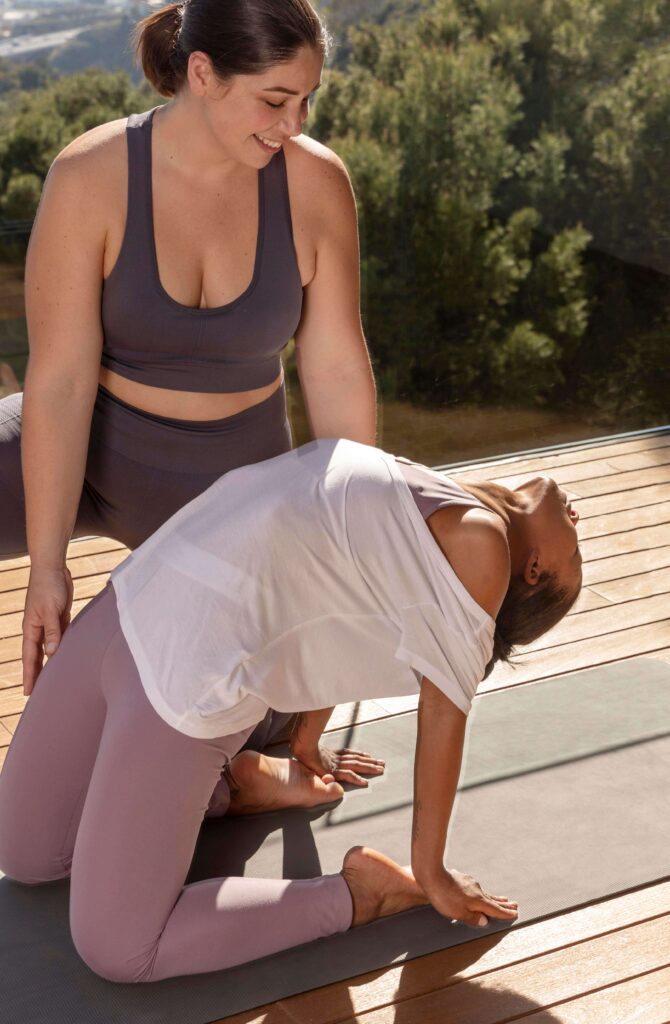
Warm Up Before Practice
In yoga, one should warm up before starting the asana. With a good warm-up, your muscles and joints will become more flexible, lowering your chance of injury. Thus, it’s time to do gentle stretches or breathing exercises before beginning the yoga practice. With a warm-up, the body will get ready for more advanced poses.
Use Yoga Props When Required
One can use yoga props to avoid self-injury. Blocks, belts, and blankets are available as yoga props to help you. Thus, one should use props if they’re having trouble with a particular asana! This may make the yoga practice safer, and props may help reduce the risk of injury.
Don’t Overstretch in Yoga Asanas
Yes, we know that flexibility is a crucial component of yoga. However, overstretching can result in injury. Thus, one should avoid overworking one’s body. Sometimes, you can’t execute a position correctly, but taking your time is okay if that’s the case. Keep in mind not to overstretch during yoga practice!
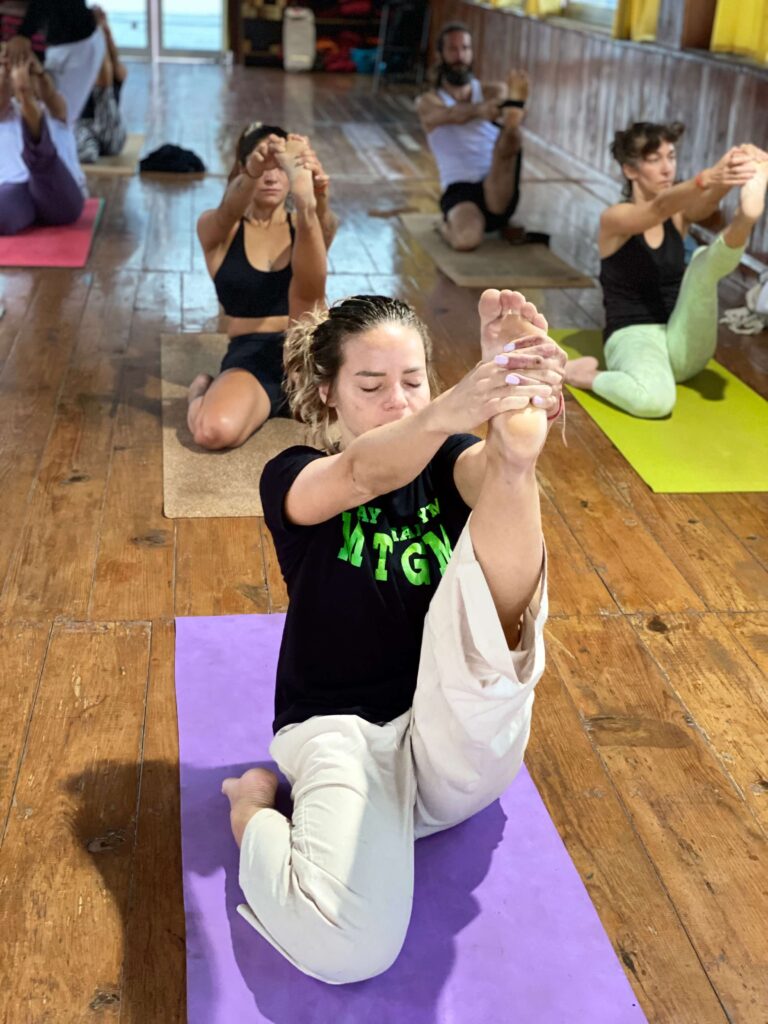
Try Concentrating on Yourself and Not Comparing Yourself To Others
One should avoid comparing oneself to others. Each person has a different body, so some poses may be easy for you, while others may be difficult. Thus, try concentrating on your journey rather than competing with others. Focusing on others and trying to do what others are doing may result in self-injury.
Keep Taking Breaks: In yoga, one should rest. Many people face injury when they push themselves too hard and don’t give their bodies time to recuperate. Thus, make sure your yoga practice schedule includes rest days! Take a break, and don’t feel guilty about it.
Keep Drinking Water: Yoga requires proper hydration. Dizziness and cramping in the muscles are the core symptoms of dehydration. Make sure you drink lots of water before and after practice. This will help to avoid muscle sprains and other problems.
Pay Attention to Pain: Pain is the body’s way of alerting you to a problem. Thus, if you feel pain when practicing yoga, stop immediately and figure out what’s causing it. Thus, again, don’t overexert yourself and be kind towards pain.
Common Yoga Injuries and Prevention
While practicing yoga, many people can injure themselves, and this injury can be on different parts of the body. Let us elaborate on this.
Neck
- Cause: One can injure the neck by putting on too much body weight when making a headstand, plow, and shoulder stand.
- Prevention: Be mindful of your body’s limits and only attempt poses of appropriate difficulty. The neck is one of the most delicate areas to injure; it can take time to heal.
Shoulder
- Cause: Incorrect body alignment in headstand and shoulderstand poses. Shrugging compresses the shoulders and injures the muscles.
- Prevention: Tight shoulders are often weak, so one should not attempt shoulder stands and headstands until your shoulders open up and are strengthened.
Wrist
- Cause: Placing too much body weight on your wrists where your hands are on the mat. Thus, tender wrists from keyboard use and texting can further increase the injury.
- Prevention: learn to properly bear weight on the correct parts of your hand. One should keep their wrists aligned to the front edge of your mat, and spread your fingers evenly with both the index finger and the heel of your hand pushing.
Back
- Cause: This results from rounding your spine deep into your forward folds. When moving into a pose, rounding your back while keeping your legs straight can injure the back.
- Prevention: Aim for a straight back, don’t fold too deep, and engage your abs to stabilize your core. Remember to keep your knees soft by bending them in poses like forward folds and down dogs.
Knee
- Cause: Lack of flexibility in your hips to execute deep knee-folding or hip-opening poses. Your knee can also twist out of alignment when doing pigeon poses, warrior poses, or half-lotus poses.
- Prevention: One should work towards achieving hip flexibility; one should not strain and push beyond the limits. Never lock your knees in standing forward bends; always keep your big toe aligned with your kneecap!
Hamstring
- Cause: This can happen when you go too deep into your forward fold or any other pose with your legs straight. Quick, jerky movements can pull the hamstring muscles.
- Prevention: A way to prevent an injured hamstring is to keep your knees soft by bending them. Don’t use your hands to push yourself deeper when you’re moving into a forward fold.
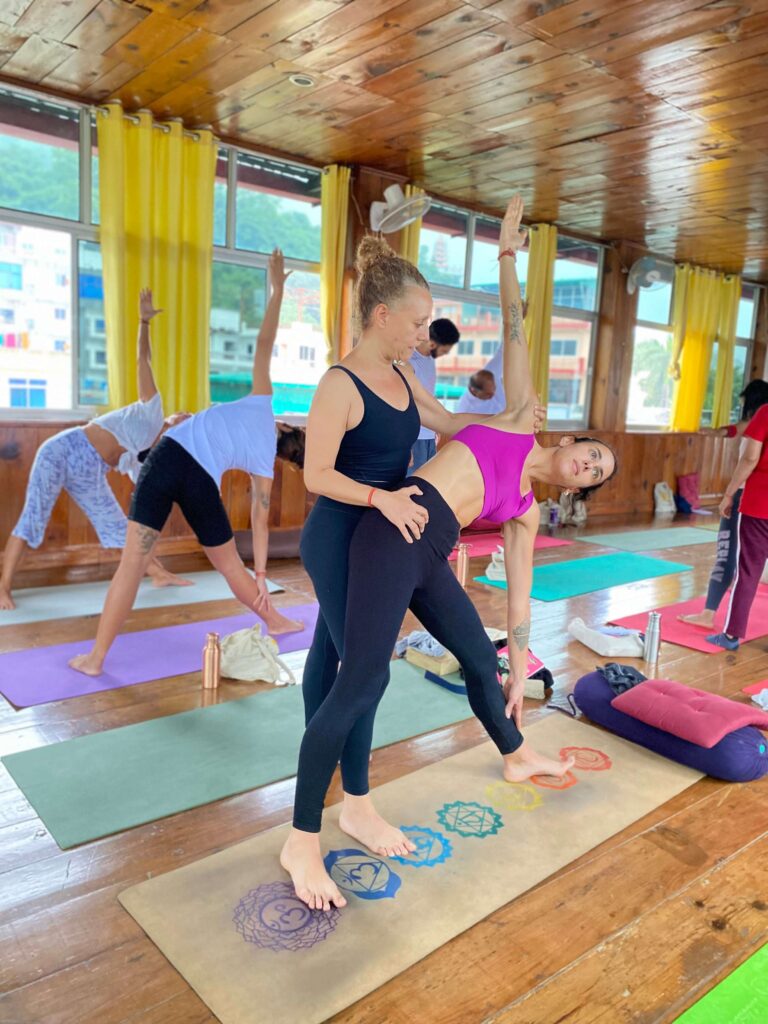
Practice Yoga Safely
Follow the below tips to minimize your risk of injury
- If you have any existing injuries, then speak to your doctor before starting your practice
- Focus on your breathing; this is very important
- Find a trained and experienced yoga instructor to avoid any injury.
- Also, be patient with yourself
- One should adapt poses to one’s individual needs and abilities
- Do not compare your progress with that of your friends or others.
Conclusion
Yoga is a remarkable physical and mental health workout. However, it is crucial to practice safely to avoid self-harm. To prevent injury, pay attention to your body, use props when necessary, concentrate on perfect alignment, and adhere to the above suggestions.
If you want to go deeper into your yogic journey, enrol in a yoga course at Rishikul Yogshala, Rishikesh. They have many courses like 200 Hrs Yoga TTC in Rishikesh, 300 Hour Yoga Teacher Training in Rishikesh, and 500 Hour Yoga Teacher Training in Rishikesh. You can master your yogic practice and become a good yoga instructor.
Some FAQs On How To Prevent Injury While Practicing Yoga
1. What are the most common injuries in Yoga?
Overstretching of the joints, muscles, and tendon strains are common yoga-related injury. The safest approach to yoga is to learn how to practice the asanas properly and stay in tune with the body.
2. Which joint is most prone to yoga injury and why?
Most common yoga injuries occur in the shoulders, spine, and elbows, and many of them are repetitive stress injuries, which come from repeated motions that put stress on the nervous systems!
3. When should you not do yoga?
If one faces illness, surgeries, sprains, or fractures, one should refrain from yoga. They can resume yoga practice after consulting experts. One should not practice yoga in extreme weather conditions.
4. Which diseases does yoga prevent?
Numerous studies show how yoga benefits arthritis, osteopenia, balance issues, oncology, women’s health, chronic pain, and other specialities.

